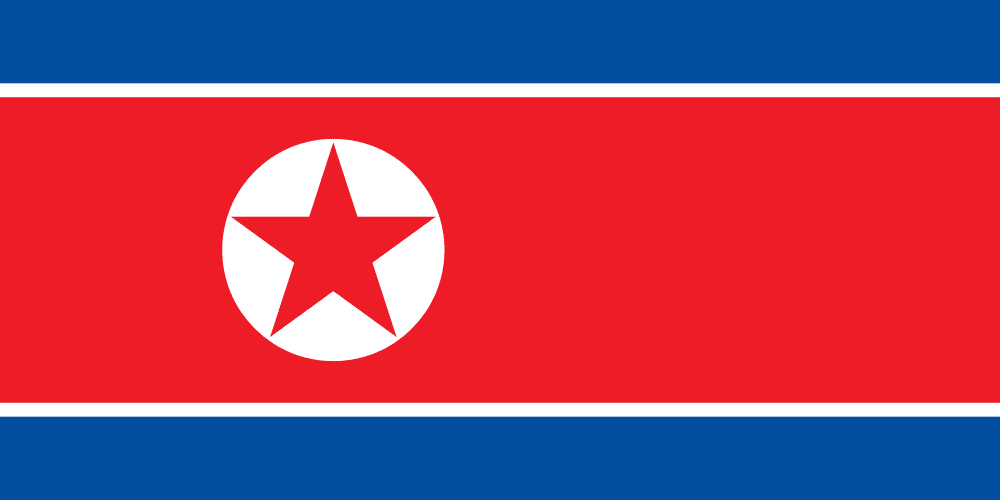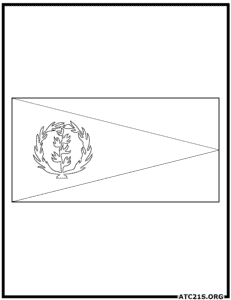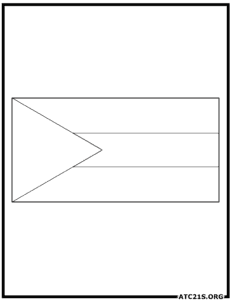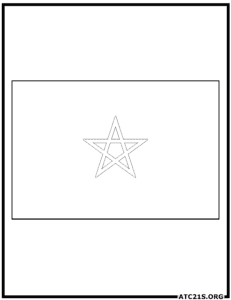North Korea Flag Coloring Page Download
North Korea Flag Description
The flag of North Korea, also known as the national flag of the Democratic People’s Republic of Korea (DPRK), is a vivid representation of the country’s ideology and history. It consists of a central red panel bordered by a narrow white stripe on the top and bottom. The red panel is adorned with a large five-pointed red star in the center, surrounded by a white circle. The red star represents socialism, while the white circle symbolizes purity and unity.
The flag’s design and symbolism are deeply rooted in the country’s communist ideology and the principles of the ruling Workers’ Party of Korea. The red color represents the revolutionary spirit and the struggle for independence, while the white stripes symbolize the purity and determination of the Korean people. The red star is a common symbol of communism and represents the leadership of the Workers’ Party of Korea.
The flag of North Korea was officially adopted on September 8, 1948, shortly after the establishment of the Democratic People’s Republic of Korea. It was designed by a group of artists led by Paek Nam-un, a prominent North Korean painter. The flag’s design was heavily influenced by the Soviet Union’s flag, reflecting North Korea’s close ties with the Soviet Union at the time.
The flag has undergone some modifications over the years. In 1992, the size of the red star was increased, and the white circle was reduced in size. This change was made to emphasize the importance of the ruling party and its ideology. The current design has remained unchanged since then.
The flag of North Korea is prominently displayed throughout the country, often alongside portraits of the country’s leaders, Kim Il-sung and Kim Jong-il. It is also commonly seen during national holidays, political rallies, and other significant events. The flag serves as a powerful symbol of national identity and loyalty to the ruling party.
It is important to note that the flag of North Korea is a highly political symbol and is often associated with the country’s controversial political regime. Its design and symbolism reflect the ideology and principles of the ruling party, making it a potent representation of North Korea’s political system.












